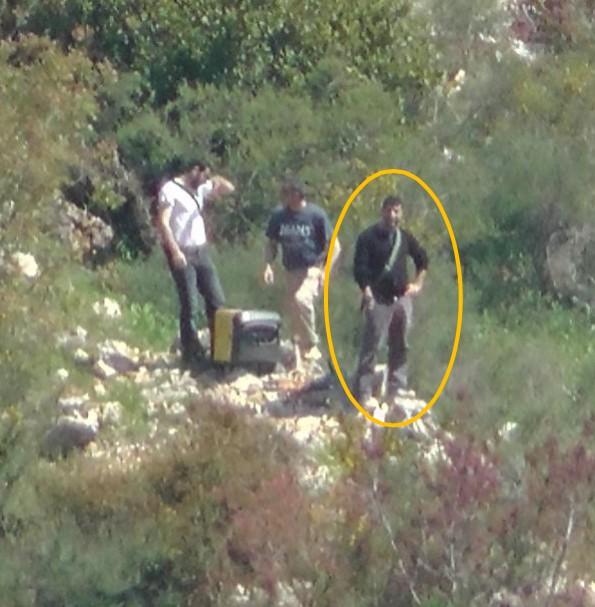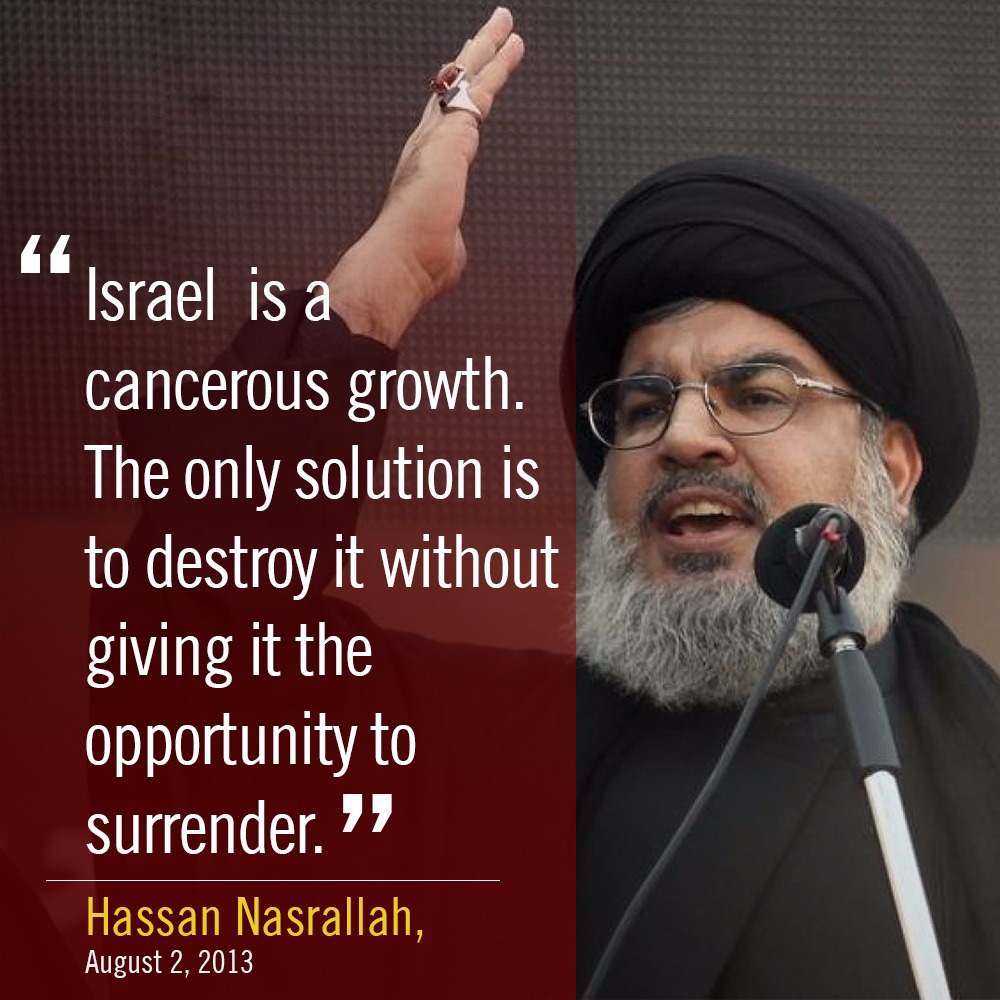After Gaza, New Security Challenges on the Northern Front
The border between Israel and Lebanon has remained relatively quiet in the past few years, though recent events are threatening to quickly deteriorate stability in the area. Hezbollah remains strongly present in southern Lebanon, and is now gaining experience in Syria. A senior IDF officer analyzed the situation, describing it as “unstable”.

The IDF is currently faced with constant provocations along the border, and is aware that confrontation on the northern border is a realistic option. In March 2014, Hezbollah terrorists activated two 20 kilogram explosive devices against IDF soldiers near the Lebanese border. Fortunately, no soldiers were injured in the potentially deadly attack. Hassan Nasrallah, the leader of Hezbollah, stated that the attack marked the end of the 8 years of quiet in the region.
Hezbollah Growing Stronger
“There is no doubt that the situation has changed since 2006,” said a senior IDF officer. “The organization has not only grown stronger, it is gaining operational experience in Syria, and improving its capabilities. If they try to infiltrate Israel it will not be 12-13 terrorists like in Operation Protective Edge, it will be 50-70”.
Southern Lebanon remains Hezbollah’s terrorist stronghold. The organization is deeply rooted within the population, and for the first time in years, Hezbollah flags can be seen near the border marking its presence in the area. The IDF regularly detects armed Hezbollah terrorists near the border, the most recent observation taking place a few days ago.
![]()

Hezbollah terrorists near the border
![]()

Hezbollah terrorists near the border
![]()

Hezbollah terrorists near the border


Hezbollah terrorists near the border
Hezbollah controls the area and no longer tries to hide from UNIFIL or from the eyes of the world. Though Hezbollah withdrew from the area after the Second Lebanon war, it has returned with force. This is a violation of the United Nations Security Resolution 1701, which clearly states that no armed forces other than UNIFIL and the Lebanese Armed Forces will be present south of the Litani River.
30,000 Fighters in the Ranks of Hezbollah
“Hezbollah has approximately 30,000 fighters,” said the senior officer. The terrorist organization is expected to target civilians in northern Israel in various ways, and regularly acquires new weapons. “Hezbollah can obtain any weapon they wish. There have been changes since their last confrontation with Israel.”


“We assume that in the next war, [Hezbollah] will attempt to harm both the IDF and Israeli civilians. The terrorist organization will attempt to win the psychological war. If in Gaza terrorists continued in their attempt to harm Israeli civilians for 50 days, in the northern front it might take four months. We need to be prepared for a short or long campaign”.
The Underground Threat
According to the senior officer, the Hamas tunnels that were destroyed by the IDF during Operation Protective Edge are based on the model built by Hezbollah in Lebanon.
“Hezbollah thought of building an underground terror network well before Hamas started its own, and it taught Hamas how to construct these tunnels,” said the senior officer. “The terrain in the north is harder and the topography is very different. This complicates the task, but we can assume that Hezbollah is building an underground network in order to attack Israel.”


Prepared to Face Any Challenge
Since the end of the Second Lebanon War, the Israel Air Force (IAF) has drastically increased the number of targets it can strike each day. During Operation Protective Edge, only 10% of the IAF’s abilities were reflected. Additionally, IDF Intelligence has the ability to locate targets both before and during the war.
In the past years the IDF’s ground forces have been training more, learning to fight in complex urban areas and underground. Not unlike Hamas, Hezbollah places its terror infrastructure in the heart of Lebanon’s civilian population. “If another war breaks out between Israel and Hezbollah, the terrorist organization will place many civilians in the line of fire,” said the senior officer.
“I believe that there is no challenge in Lebanon that the IDF cannot withstand.”

